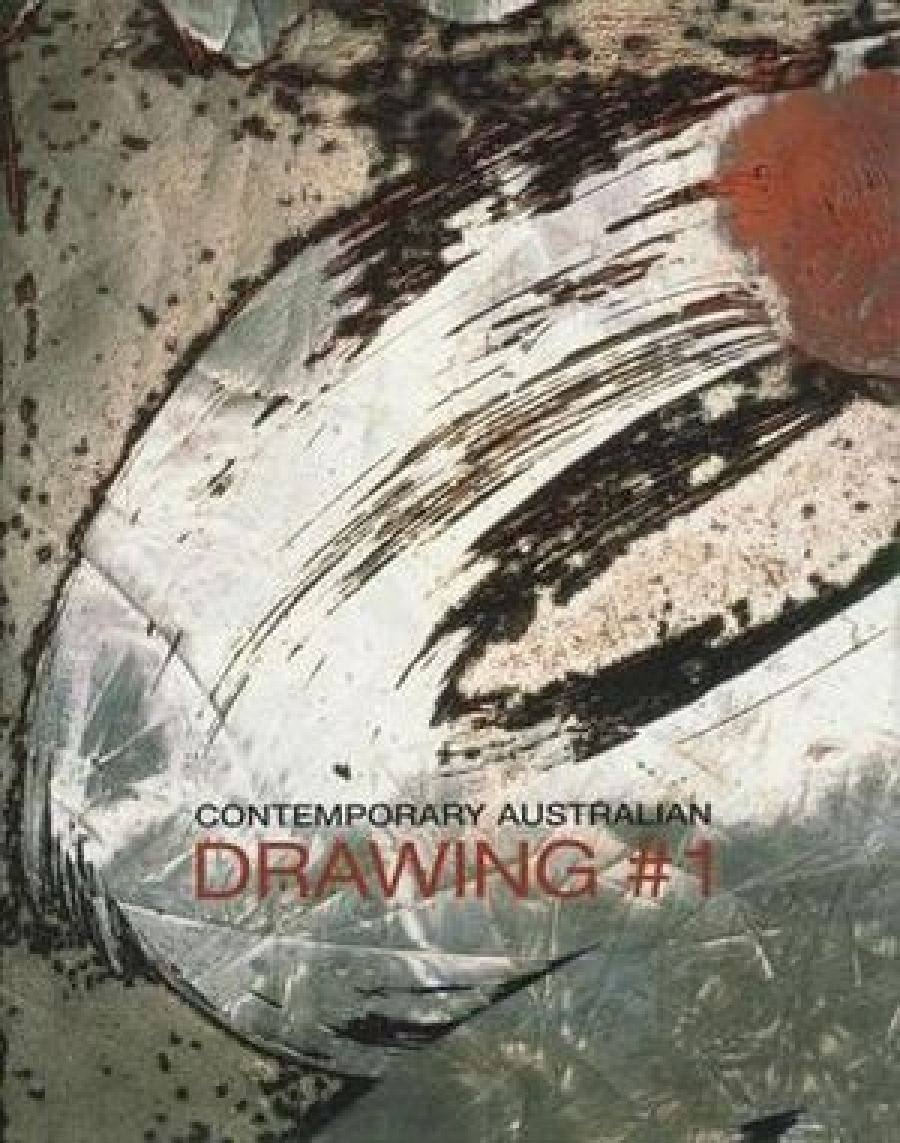
- Free Article: No
- Contents Category: Art
- Review Article: Yes
- Online Only: No
- Custom Highlight Text:
Just because something is being done right now doesn’t make it contemporary. On the contrary, the predicate ‘contemporary’ in contemporary art is the name for a problem, not a clarified or self-evident state of affairs. As Boris Groys puts it, ‘This is because the contemporary is actually constituted by doubt, hesitation, uncertainty, indecision – by the need for prolonged reflection, for a delay.’ Such experiences, however, are not especially high priorities in the world of corporate rationalisation.
- Book 1 Title: Contemporary Australian Drawing #1
- Book 1 Biblio: Palgrave Macmillan, $99.95 hb, 240 pp, 9781921394539
Although this book seems to purport to be a survey of ‘Contemporary Australian Drawing’ – comprising short introductions to, alongside a handful of reproductions of, the work of seventy-seven local artists – it quickly becomes clear that the seeming and the purporting are in this case not the same thing at all. Contemporary Australian Drawing #1 could be more accurately titled, as a young artist friend of mine put it, ‘A truncated selection from mostly academic Australian artists who rose to prominence in the 1980s, now mainly associated with RMIT University, and whose work harks back to older paradigms of art.’ Indeed, one opens and closes this book to find Dr Irene Barberis, Founder of Metasenta® (I believe the ® accompanies all manifestations of this signifier), ‘an active, artist-led international research centre’, confirming the corporate links. Barberis herself is prominently featured in the volume, not only as Founder, Acknowledger, and Writer, but also as a contributing artist, along with her late husband Adrian Page.
One notes that certain galleries are perhaps disproportionately represented and that certain circumscribed styles of drawing are prominent. If one compares the selection of artists to those who appeared, say, in the 2009 Museum of Contemporary Art show I Walk the Line: New Australian Drawing, there is almost no crossover. An unprejudiced glance at the varying contents would probably have to come down on the side of the MCA if one were truly committed to the ‘contemporary’ promised by the title: where are Sharon Goodwin, Richard Lewer, Laith McGregor, the Mangano sisters, and so on? This narrow focus wasn’t significantly rectified by the follow-up Contemporary Australian Drawing #2, which opened in March 2012 in London: a few good artists have been added, including the incomparable Richard Bell, and a few good artists have been taken away, but the song remains essentially the same.
It is difficult to situate yourself in that no-man’s-land between academicism and entrepreneurialism without consequences. One of these consequences is evident in the writing style, which, while clearly paying lip service to the principles of scholarship – in the form of careful self-situation, the elaboration of sequences of academic debate, and the provision of endnotes – is clearly inhibited from going all the way.
Because this is not quite an academic book, these aspects tend to the underdone: unreferenced grand assertion starts to obtrude; repetitions abound; non sequiturs proliferate; the notes don’t always provide the support they imply. The editing can’t keep up: from the very first paragraph we find words collapsing into one another (e.g., ‘reignof’), the flickering in and out of existence of hyphens and commas, the cruel abuse of semicolons, and the misspelling of names (e.g., ‘Jean Francoise Lyotard’ instead of ‘Jean-François Lyotard’). Personal emails to the author are sometimes provided with titles and dates, sometimes not. Ibid. is sometimes used, sometimes not. The pressure of promotional exigencies is discernible throughout (‘complex and remarkable’, ‘varied and masterly’, ‘highly inventive’, etc.), and in gushing expressions of gratitude. The doubts, hesitations, and anxieties that Groys holds crucial to the contemporary are barely in evidence. At least the reproductions are of an admirably high quality.
If what happens now is not necessarily contemporary, the converse is also true: old stuff can be contemporary too. It is in regard to the inclusion of some of the older, established artists that I began to be more impressed with this book. The greatest drawers here include the amazing one-armed Mike Parr, whose virtuosity of mark-making and talent for provocation make him one of the greatest performance artists in the world today. Another is Philip Hunter, whose dark drawings, comprising an extraordinary range and intensity of different kinds of mark, sustain their wrenching power – even when reproduced in a reduced format on a glossy page. Another is John Olsen, capable of injecting the merest pastel smudge with a ferocious violence. And, despite my inner snob railing against their illustrative appeal, the animal drawings of Jennifer Mills, Mirka Mora, and Euan Heng are quite beautiful.
These artists are doing the right thing by introducing satire or emblems of unpleasant affects into their work; such elements are almost alibis for creating a sense of what William Blake would have called ‘infant joy’. Bright, colourful, perky creatures such as Mills’s Batman II or Heng’s elephants and parrots or Mora’s naïve tea parties with birds and bunnies wouldn’t be able to survive the art-test without the poison that pulses through them. Greg Creek, Lily Karadada, the heavy metaphysical creepiness of Bernhard Sachs, and the chirpy savagery of Vivienne Shark LeWitt’s cartoons are also worth mentioning. And there are always John Wolseley’s birds and bush.
Despite my reservations about its positioning, presentation, and production, there is still enough to like about this book. If the biographical information about the artists is often useful and informative, it is a few great drawings that finally stand out.


Comments powered by CComment